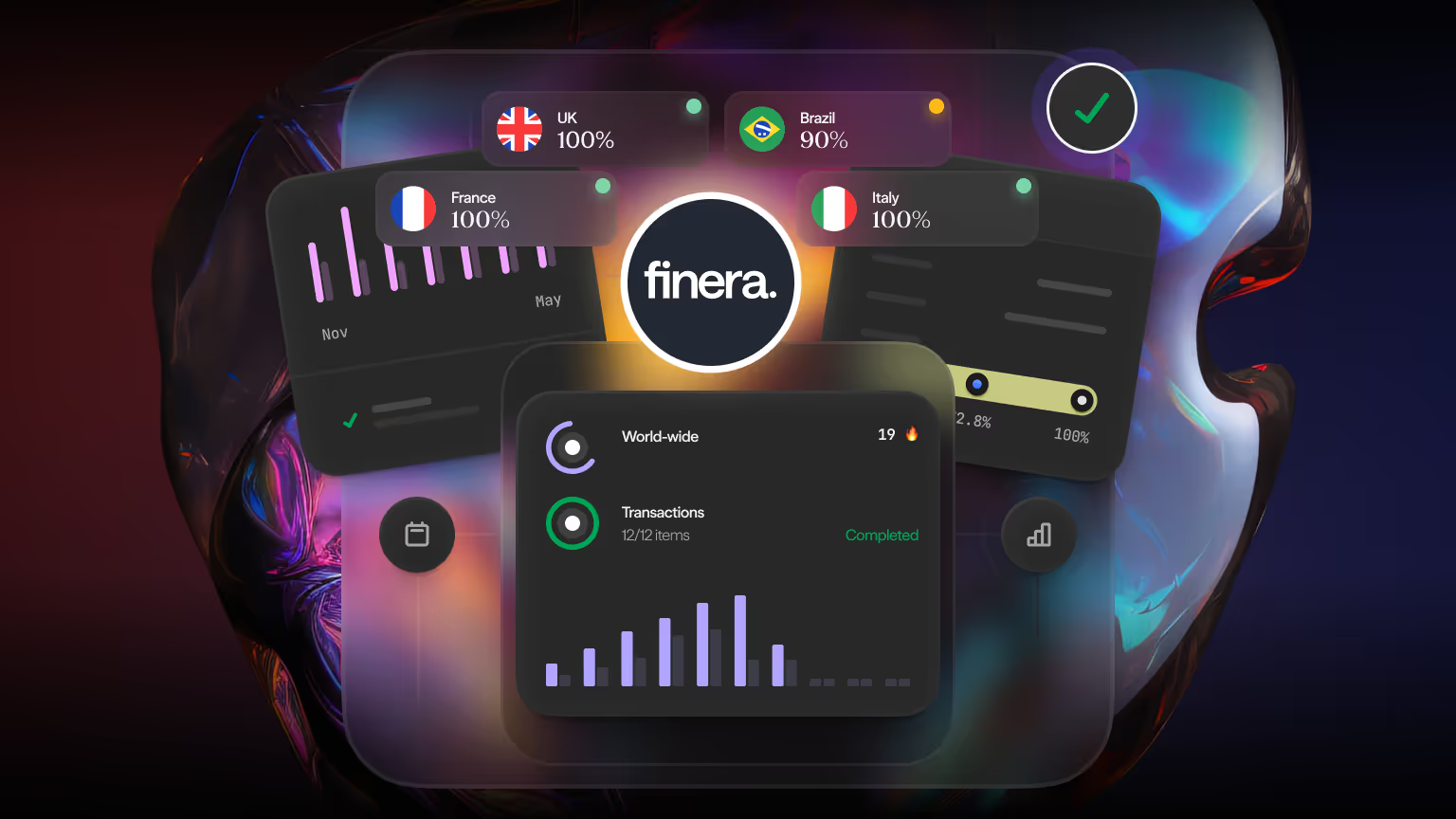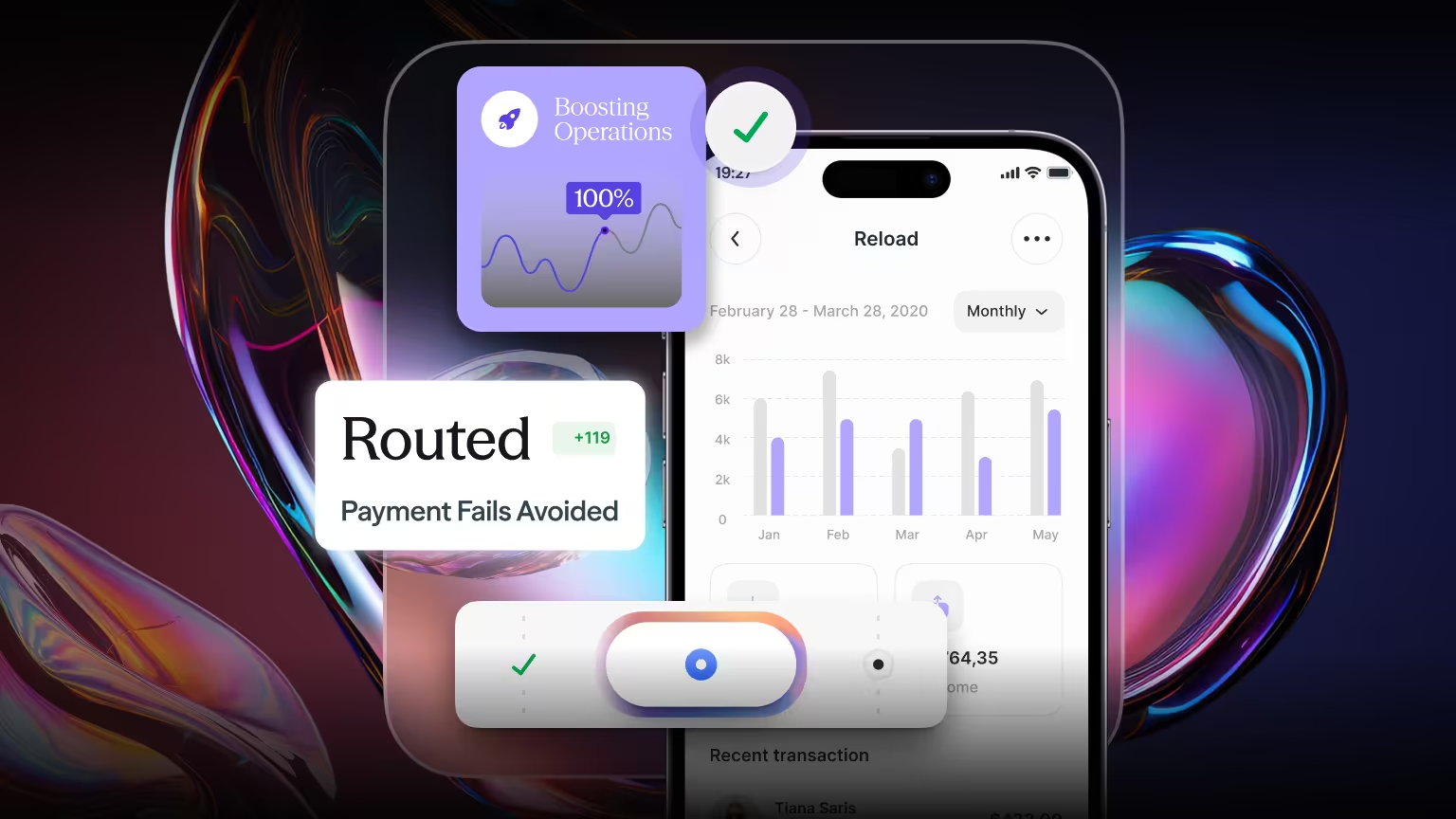Local Acquiring & Smart Routing Explained: What’s Best for Multi-Currency Transactions?
Learn how local acquiring and smart routing improve multi-currency payment performance at scale.

Modern businesses operate globally, yet payment systems often lag. Handling multi-currency transactions across various countries adds a layer of complexity that can hinder both performance and profitability.
Why do so many international payments fail when the demand for seamless global commerce has never been greater? Often, it comes down to two overlooked but critical components of payment optimisation: local acquiring and smart routing.
These strategies can dramatically improve approval rates, reduce transaction costs, and streamline cross-border payments, yet many organisations still rely on outdated or one-size-fits-all approaches. In this article, we explore how local acquiring and smart routing work, when to use them, and how they can transform your multi-currency transaction strategy.
What Is Local Acquiring?
Local acquiring refers to the process of routing a payment through an acquiring bank or payment processor that is based in the same country or region as the cardholder's bank. It enables transactions to be processed “domestically”, even for international merchants.
This matters because transactions routed through a local acquirer are more likely to be recognised and approved by the customer’s issuing bank, especially in markets with strict banking rules or fraud filters.
Benefits of Local Acquiring:
- Improved authorisation rates: Local acquirers are recognised as domestic entities by issuing banks, reducing the likelihood of false declines.
- Lower cross-border fees: Merchants avoid international interchange rates and currency conversion charges.
- Better customer experience: Customers prefer to pay in their currency and with local systems they trust.
According to ACI Worldwide, merchants who switch to local acquiring in key regions see approval rate improvements of up to 12%.
Example:
A customer in Mexico uses a locally issued card to make an online purchase. If that payment is processed through a Mexican acquirer, the likelihood of success increases, while cross-border fees are avoided. The transaction is treated as domestic, which improves authorisation rates and creates a smoother experience for the customer.
What Is Smart Routing?
Smart routing (or intelligent transaction routing) is the automated, rule-based selection of the most optimal route for each payment. Rather than sending all transactions through a single acquirer, smart routing dynamically evaluates options based on variables like location, card type, currency, and historical success rates.
It doesn’t just improve performance, it provides resilience. If one route fails, the system can reroute the transaction in real-time to another provider, reducing the risk of lost sales.
Significance
Imagine being able to steer every transaction to the acquirer most likely to approve it, automatically. That’s what smart routing enables.
Key Advantages:
- Higher success rates: Transactions are routed to the acquirer with the best track record for that card or currency.
- Fallback capabilities: If one acquirer is down or underperforming, the transaction can be rerouted instantly.
- Cost optimisation: Fees can vary across acquirers, and routing based on cost efficiency can save money at scale.
Local Acquiring vs Smart Routing: Which Should You Use?
Is one better than the other? Not exactly. While they solve different challenges, they complement each other well, especially for businesses handling multi-currency transactions across regions.
Local Acquiring is Ideal When:
- You're focusing on specific markets
- You want to minimise foreign exchange fees.
- You need higher authorisation rates for domestic shoppers.
Smart Routing is Best When:
- You're accepting payments from many regions and issuers.
- You want real-time decision-making and failover support.
- You're looking to reduce costs and improve success rates at scale.
According to The Paypers, companies that implement smart routing across their payment stack can reduce costs by up to 20% while improving conversion and customer experience.
The most effective setups use both strategies. For example, you might route French card payments to a local acquirer in France while using smart routing to dynamically choose the best provider for broader European traffic.
Why Are Multi-Currency Transactions So Complex?
Multi-currency payments introduce several points of failure: currency mismatches, conversion fees, issuer rejections, and reconciliation issues.
Have you ever had a payment declined simply because it came from a card issued in a different currency than the one accepted? Or paid a conversion fee that made a transaction unprofitable? These are common headaches in global payments.
The main challenges include:
- Currency mismatch between the shopper and the settlement currency
- Foreign exchange markups
- Declines due to unfamiliar acquirers
- Inconsistent settlement and reporting
These pain points not only frustrate customers but also impact your bottom line, especially when operating at scale.
How Local Acquiring and Smart Routing Solve These Issues
Together, local acquiring and smart routing give payment providers the flexibility to reduce friction and control costs.
Local acquiring ensures transactions are processed natively, improving trust and reducing FX conversion. Smart routing adds a layer of intelligence, ensuring that payments are always sent through the most effective channel based on real-time data.
By handling payments locally and routing them intelligently, businesses can improve performance in ways that manual setups simply can’t match.
The Role of Payment Infrastructure
Implementing local acquiring and smart routing sounds powerful, but it’s rarely simple to do in-house. Managing multiple acquirers, configuring routing logic, and supporting multiple currencies and settlement layers introduces significant operational and engineering overhead.
That’s why many forward-looking businesses choose to work with payment infrastructure platforms that manage this orchestration in the background. Instead of building dozens of direct integrations, a single unified API can connect to multiple acquiring banks, intelligently route transactions, and support multi-currency reconciliation, all under one framework.
The right infrastructure partner should offer native support for local acquiring in key markets, with routing logic that is transparent, customisable, and informed by performance data. It should also include built-in tools for managing currencies, settlements, and reporting, while remaining scalable as transaction volume grows.
In short, modern infrastructure platforms remove the complexity of international payments, allowing businesses to focus on growth rather than managing payment plumbing.
Build Payments for Scale with finera.
Global businesses can’t afford to leave payment performance to chance. With more transactions happening cross-border and more customers expecting to pay in their local currency, it’s never been more important to get your infrastructure right.
By combining local acquiring with smart routing, businesses can reduce costs, increase approval rates, and deliver seamless multi-currency transactions at scale.
At finera., we help platforms build payment infrastructure that performs globally. Whether you’re scaling into new markets or fine-tuning cross-border efficiency, our payment ecosystem supports local acquiring, intelligent routing, and multi-currency flows, without added complexity.
Looking to make your payments stack smarter and faster, globally? Talk to our team today.
This article on payment methods is for informational and educational purposes only.
- Not Professional Advice: The content provided does not constitute financial, legal, tax, or professional advice. Always consult with a qualified professional before making financial decisions.
- No Liability: The authors, contributors, and the publisher assume no liability for any loss, damage, or consequence whatsoever, whether direct or indirect, resulting from your reliance on or use of the information contained herein.
- Third-Party Risk: The discussion of specific payment services, platforms, or institutions is for illustration only. We do not endorse or guarantee the performance, security, or policies of any third-party service mentioned. Use all third-party services at your own risk.
- No Warranty: We make no warranty regarding the accuracy, completeness, or suitability of the information, which may become outdated over time.
Frequently Asked Questions
Local acquiring processes payments through a domestic acquirer in the same region as the customer’s bank, improving approval rates and reducing fees. Smart routing dynamically selects the best-performing route for each transaction based on real-time conditions, such as issuer location, card type, and currency.
Local acquiring reduces foreign transaction friction, lowers interchange fees, and increases trust with local issuers, leading to higher acceptance rates for international payments.
Smart routing uses performance data to reroute payments to the most reliable and cost-effective acquirer, reducing declines and ensuring redundancy if a provider is down.
Yes. Many global businesses combine local acquiring with smart routing to optimise both performance and cost across different regions and currencies.

Still Have Questions?
Let’s Find the Right Solution for You
Stay Connected with Us!
Follow us on social media to stay up to date with the latest news, updates, and exclusive insights!








.avif)